Top Things to Know Before Buying Shade-Loving House Plants
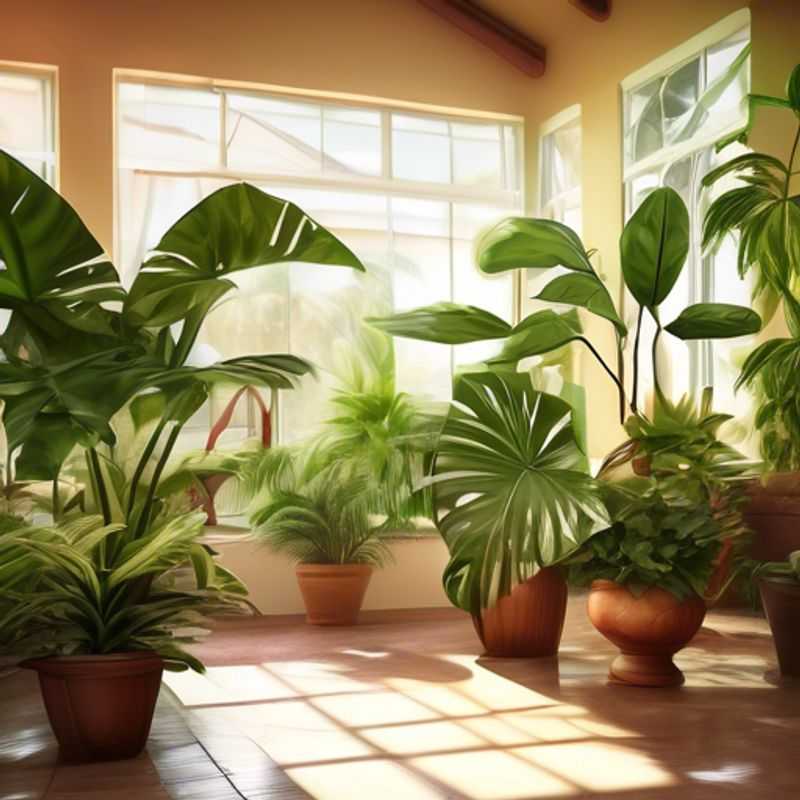
Top Things to Know Before Buying Shade-Loving House Plants: Light, Size, Watering, Climate, Soil, Pests, and Humidity
Ah, shade-loving houseplants! They're a delightful way to bring a touch of green into your home, even if you don't have a sunny window. But before you get swept away by the allure of these low-light dwellers, there are a few things to consider, you see. It's all about setting them up for success.
First and foremost, understand the specific light requirements of shade-loving plants. They might thrive in low light, but that doesn't mean they enjoy absolute darkness.
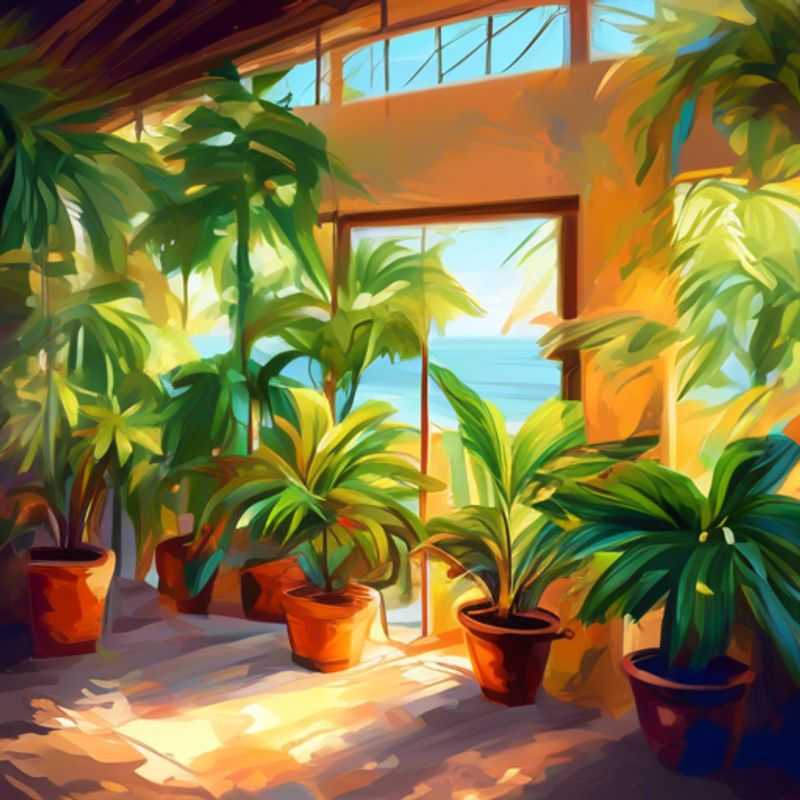
Unlocking the Secrets of Shade-Loving Plants: Understanding Their Light Needs
Shade-loving plants, also known as shade-tolerant plants, thrive in dappled or filtered light conditions. They are not necessarily light-hating, but they can't tolerate the full force of the sun. Understanding their light requirements is crucial for their survival and growth.
Most shade-loving plants prefer:
- Morning sun: The morning sun is often gentler and less intense than the afternoon sun.
- Filtered light: This can be achieved through the shade of trees, buildings, or even a sheer curtain.
- Indirect light: Plants positioned indoors, away from direct sunlight, often thrive in this condition.
It's important to remember that:
- "Shade" is relative: Some plants tolerate more shade than others.
- Location matters: The amount of shade a plant receives depends on its location and the time of year.
- Signs of too much light: Leaf burn, wilting, and discoloration are all signs that a plant is receiving too much light.
By understanding these factors, you can choose the right plants for your shady areas and provide them with the optimal conditions for healthy growth.
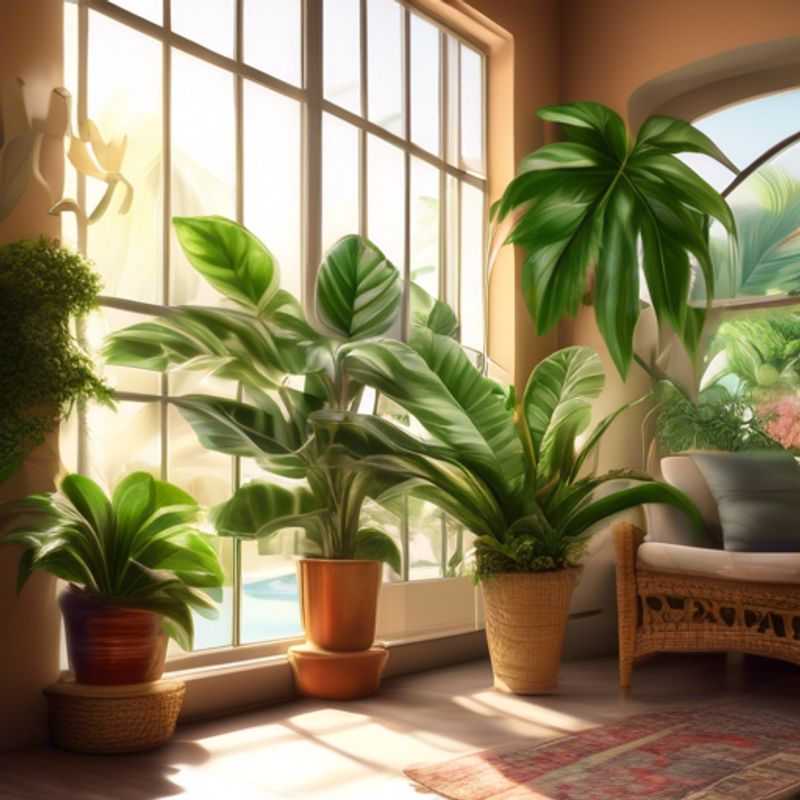
Sizing Up Your Green Dreams: Matching Plant Size to Your Space
When selecting a plant for your home, it's crucial to consider the size it will reach and the space available. This ensures a harmonious balance between your plant's growth and your home's aesthetics.
Start by measuring the space you have available. Consider the height, width, and depth of the area where you plan to place the plant. It's wise to leave some extra space for the plant to grow and flourish.
Next, research the mature size of the plant you're interested in. Check for information on its typical height, width, and spread. This will help you choose a plant that fits comfortably in the designated space without becoming overcrowded or outgrowing its environment.
Remember, even small plants can grow significantly over time. Choose wisely, keeping the long-term growth potential in mind. This will help ensure that your plant thrives and remains a delightful addition to your home for years to come.
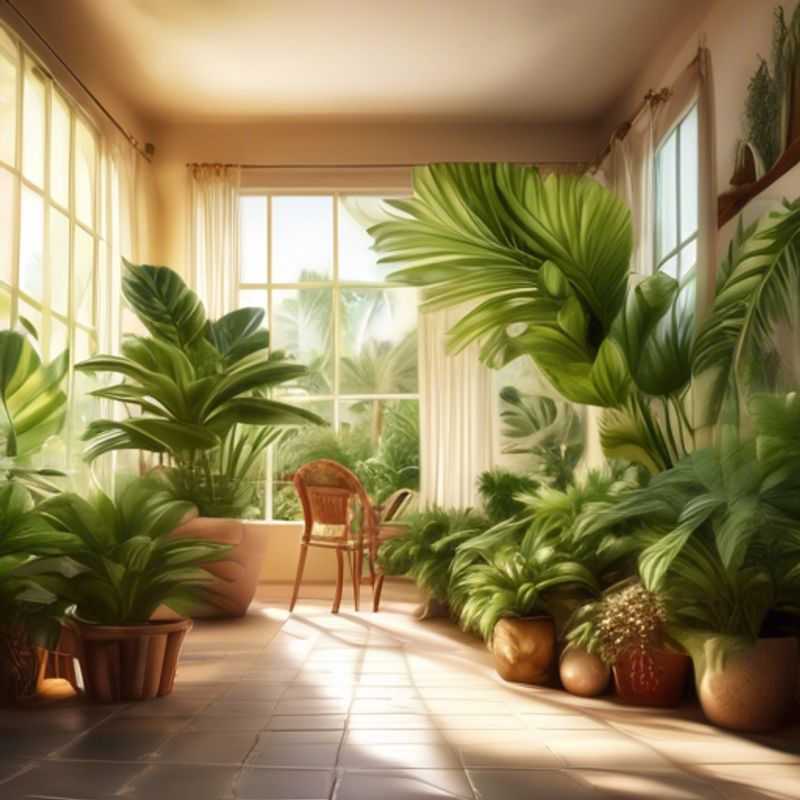
Watering Wisdom: How to Avoid Overwatering and Keep Your Plants Thriving
Overwatering is a common problem that can lead to root rot, fungal diseases, and even death of your plants. To avoid overwatering, it is crucial to research the specific watering needs of each plant. Understanding the plant's natural environment and its water requirements is essential. Different plant species have different water needs, and even within the same species, individual plants may vary depending on factors such as pot size, soil type, and environmental conditions.
Here's a simple guide to help you avoid overwatering:
1. Choose the Right Pot: Select a pot with drainage holes to allow excess water to escape. Avoid pots that are too large, as they can hold too much water and lead to root rot.
2. Use Well-Draining Soil: Ensure the soil you use is well-draining to prevent water from accumulating around the roots. Potting mixes that include perlite, vermiculite, or coco coir enhance drainage.
3. Water Only When Needed: Allow the top inch or two of soil to dry out between waterings. Check the moisture level by sticking your finger into the soil. If it feels dry, it's time to water.
4. Water Deeply: When you do water, water deeply enough to saturate the entire root ball. However, avoid letting water pool at the base of the plant.
5. Avoid Overwatering: Be mindful of the watering frequency and the amount of water you use. It's better to underwater than to overwater. Overwatering can cause root rot and fungal diseases, while underwatering can be easily corrected by providing more water.
6. Observe Your Plants: Watch for signs of overwatering, such as yellowing leaves, drooping, and soggy soil. If you notice any of these signs, reduce watering frequency and check the drainage of the pot.
By following these simple tips, you can ensure that your plants receive the right amount of water and thrive in your care. If you are unsure about the specific watering needs of your plants, it is always best to consult a gardening expert or research online resources. Remember, every plant is unique, and finding the right watering schedule takes time and observation.
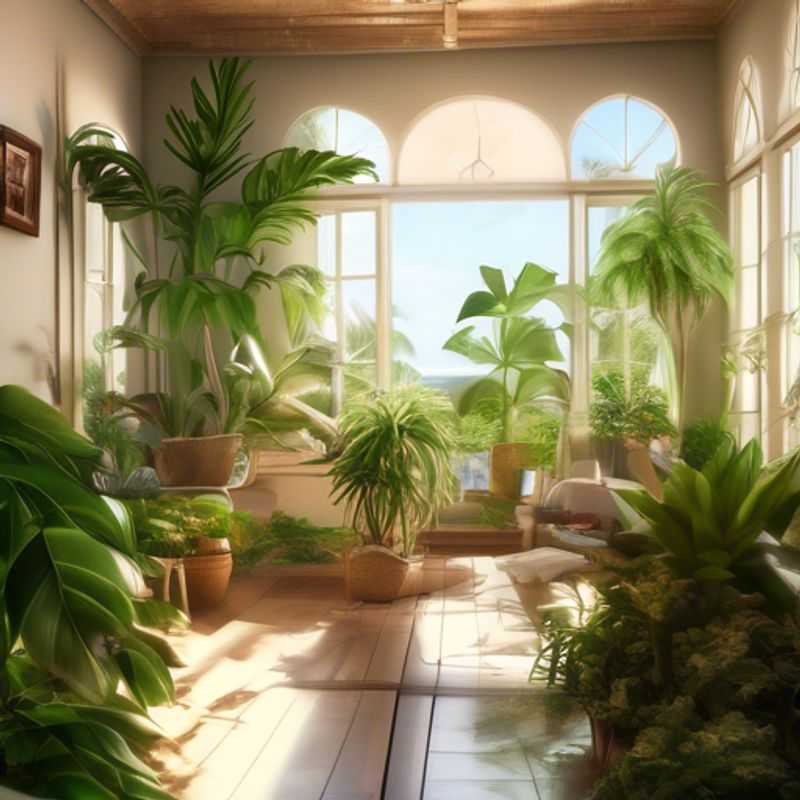
Choosing the Right Plants: A Guide to Climate-Friendly Gardening
Choosing the right plants for your climate and environment is crucial for their success and your enjoyment. Consider these key factors:
Sunlight: Different plants thrive in varying amounts of sunlight. Full sun plants need at least 6 hours of direct sunlight daily, while partial shade plants prefer 4-6 hours and shade plants do well with 2-4 hours or dappled sunlight.
Temperature: Know your average annual temperature and frost dates. Some plants are cold-hardy, while others prefer warmer climates. Hardiness zones provide a helpful guide.
Water needs: Plants have varying water requirements. Drought-tolerant plants require minimal watering, while water-loving plants need consistent moisture. Soil drainage also plays a role; some plants prefer well-drained soil, while others thrive in moist conditions.
Soil type: Plants have preferences for soil pH, composition, and fertility. Sandy soils drain quickly, while clay soils retain moisture. Loamy soils offer a good balance. You can amend soil to improve its quality for your chosen plants.
Local climate: Factors like wind, humidity, and rainfall impact plant growth. Consider these factors when choosing plants. Researching native plants to your region is a great starting point, as they are naturally adapted to your climate.
By carefully considering these factors, you can choose plants that will flourish in your specific environment, minimizing the need for excessive care and maximizing your gardening success.
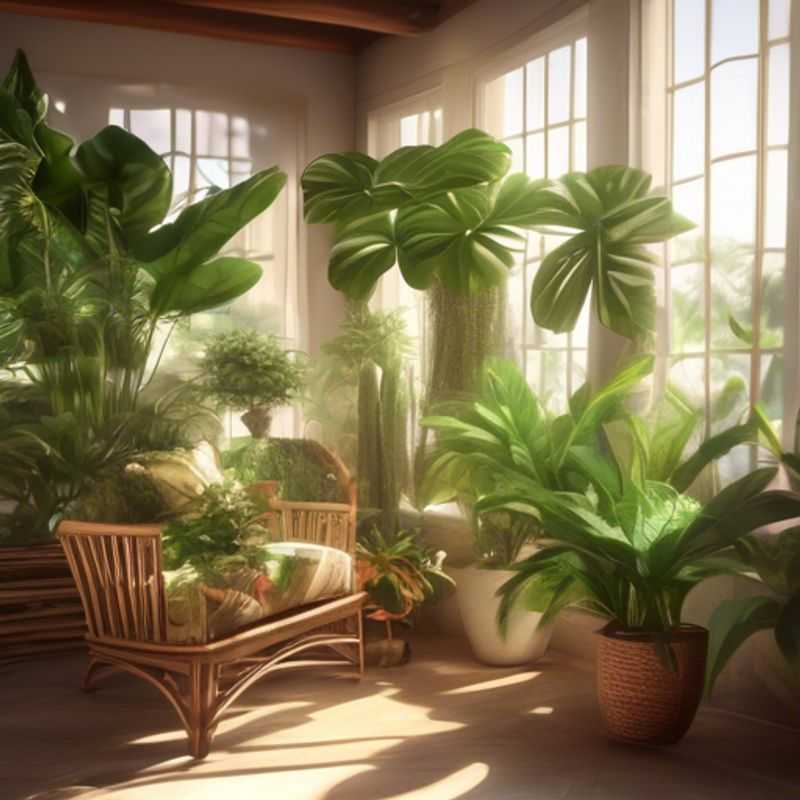
Unveiling the Secrets of Shade-Loving Soil: A Guide to Thriving Plants
Shade-loving plants thrive in dappled or deep shade, and they prefer soils that are rich in organic matter, which helps retain moisture and provides essential nutrients.
Ideal Soil Characteristics:
Moisture Retention: These plants need consistent moisture, so well-drained soil that retains moisture is crucial. Avoid heavy clay soils that tend to become waterlogged.
Organic Matter: A generous amount of organic matter, such as compost, leaf mold, or peat moss, improves soil structure, drainage, and nutrient retention. This is especially important for shade gardens where sunlight is limited, which can hinder natural decomposition.
pH: Most shade-loving plants prefer slightly acidic soil with a pH range of 5.5 to 6.5. You can test your soil pH using a kit available at most garden centers.
Nutrient Availability: While shade limits sunlight for photosynthesis, the soil should still be fertile to support plant growth. Regular applications of organic fertilizer or compost tea can provide the necessary nutrients.
Improving Soil Conditions:
Before planting, amend your soil with compost, leaf mold, or other organic materials. This helps improve drainage, aeration, and fertility. You can also use a soil acidifier to adjust the pH if necessary.
Key Takeaways:
Providing the right soil conditions is essential for the success of shade-loving plants. A well-drained, moisture-retentive soil rich in organic matter, with a slightly acidic pH, is optimal. Regular monitoring and appropriate amendments will ensure thriving plants in your shady areas.
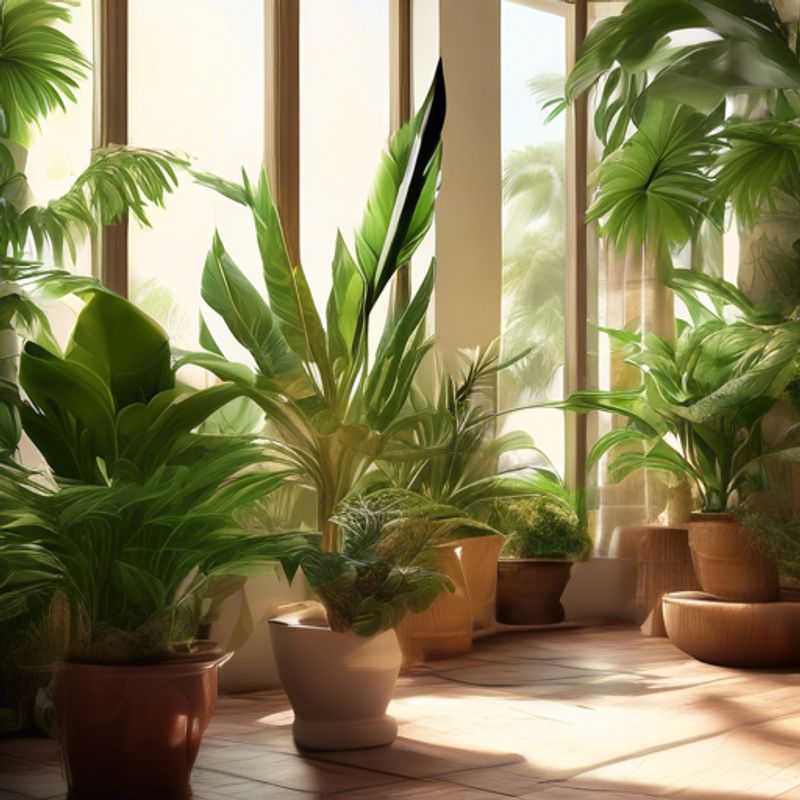
Plant Pests and Diseases: A Guide to Identifying and Preventing Problems
When it comes to gardening, knowing about potential pests and diseases that can affect your plants is crucial. Early detection and treatment are key to preventing significant damage and ensuring healthy growth.
Here's a summary of some common pest and disease concerns:
Pests:
Aphids: These tiny insects suck sap from plants, causing stunted growth and leaf curling. Spider mites: These microscopic creatures also feed on sap, leaving behind fine webbing and yellowed leaves. Scale insects: These armored pests suck plant juices, causing yellowing and weakening. Whiteflies: These tiny, white insects cause leaf yellowing and sticky honeydew. Slugs and snails: These slimy creatures munch on foliage, leaving behind telltale slime trails.
Diseases:
Powdery mildew: This fungal disease appears as a white, powdery coating on leaves and stems. Rust: Another fungal disease, rust forms orange or brown pustules on leaves and stems. Black spot: This fungal disease affects rose bushes, causing black spots on leaves and stems. Root rot: A fungal disease that damages plant roots, causing wilting and stunted growth. Bacterial blight: This bacterial disease causes brown spots and lesions on leaves and stems.
To protect your plants, implement regular inspections, identify any suspicious signs, and take prompt action. This may include using insecticidal soap, neem oil, or horticultural oil for pest control, as well as removing affected plant parts and using fungicides. Remember, preventive measures like proper watering, adequate sunlight, and good air circulation can significantly reduce the risk of pests and diseases.
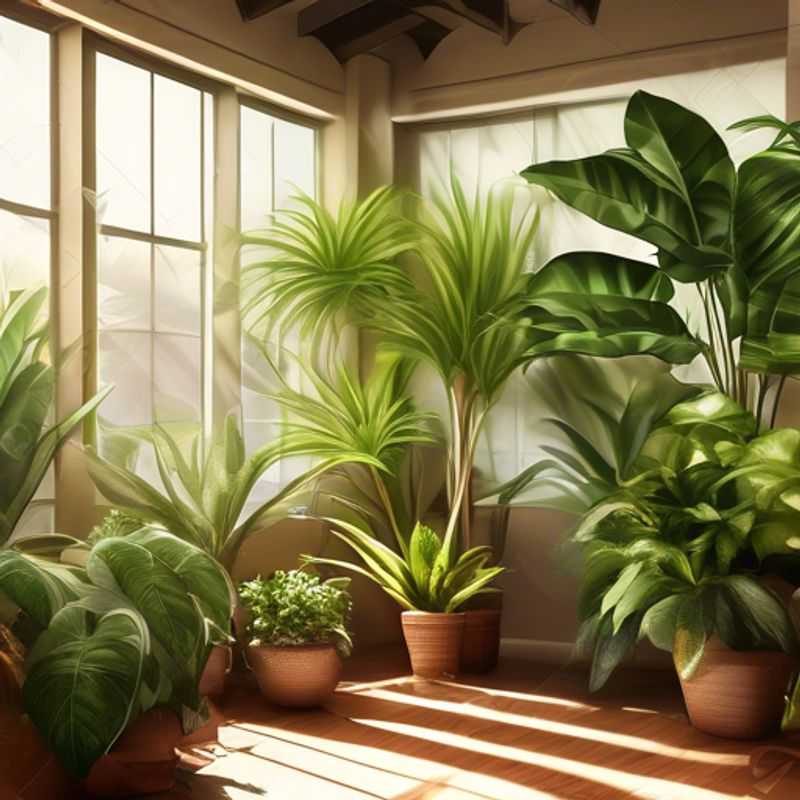
Creating the Perfect Climate: Humidity and Ventilation for Thriving Plants
Maintaining adequate humidity and ventilation is crucial for the health and well-being of indoor plants. Humidity is the amount of moisture in the air. Many houseplants thrive in environments with higher humidity levels, mimicking their natural habitats. Ventilation refers to the process of providing fresh air circulation within a room. This is essential for preventing the buildup of stale air and promoting healthy plant growth.
To increase humidity, consider employing strategies like grouping plants together, using pebble trays filled with water, or investing in a humidifier. Misting plants can provide temporary moisture, but its effects are short-lived. Regular watering and a well-draining potting mix are essential for maintaining optimal soil moisture levels. Ventilation can be achieved by opening windows or using fans to create air circulation. Avoid placing plants in drafty areas as this can lead to leaf damage.
Pay close attention to the specific humidity and ventilation requirements of your plant species. Some plants, such as ferns and orchids, require high humidity, while others, like cacti and succulents, prefer drier conditions. Regular monitoring and adjustments to humidity levels are essential to ensure optimal growth and prevent issues such as root rot, leaf drop, or pest infestations.
